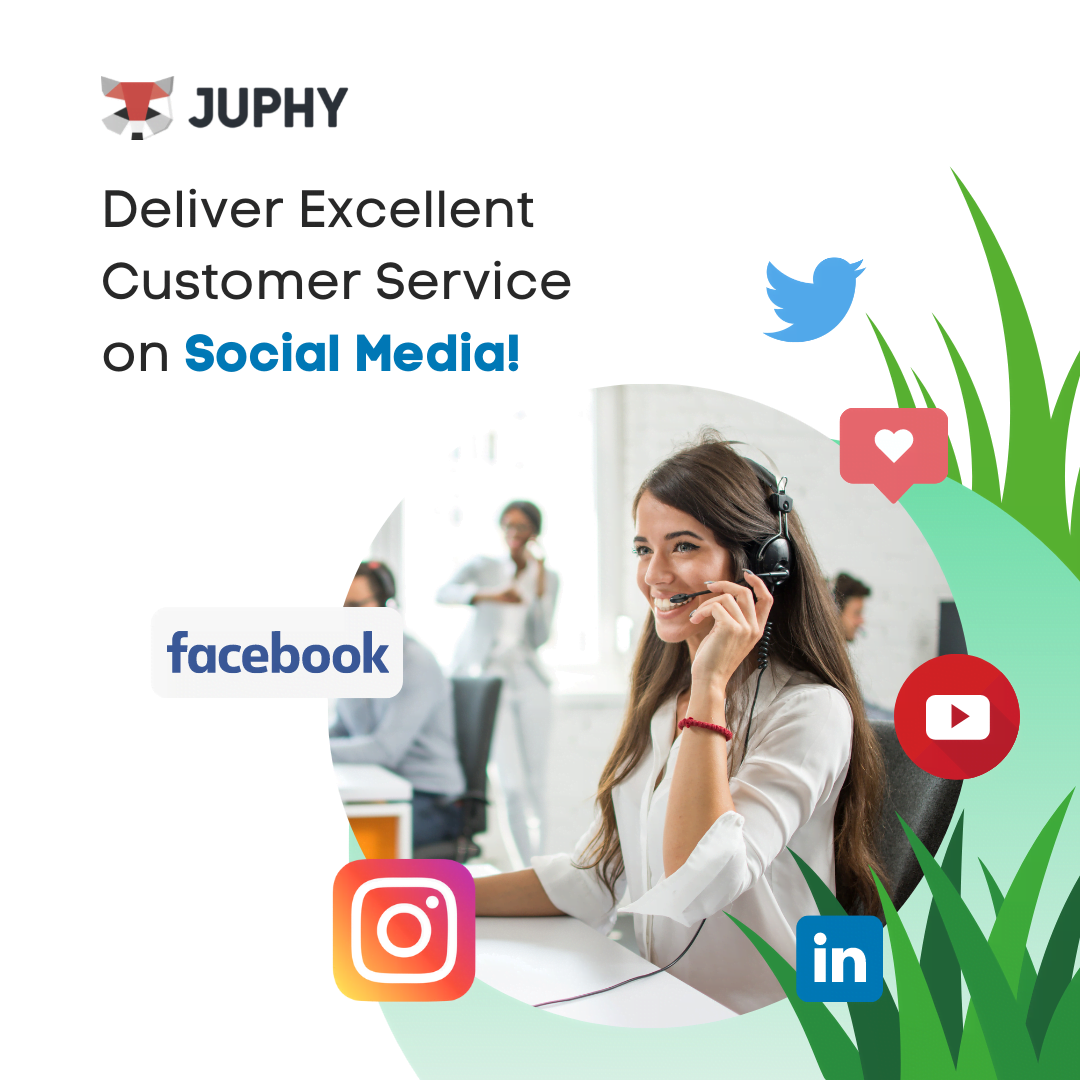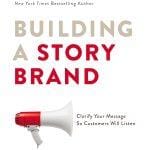
Getting potential clients to visit your website is simply the first step in today’s competitive digital environment. The true challenge is turning those visitors into paying clients. Conversion marketing is essential in this situation. This article will discuss the idea of conversion marketing, its methods, and how it may have a big impact on the success of your company.
What is Conversion marketing?
The strategic process of converting website visitors or prospects into customers is known as conversion marketing. It entails directing visitors via a carefully created conversion funnel that moves them from the first point of contact to the desired action, which could be making a purchase, subscribing to a newsletter, or completing a contact form. The ultimate objective is to persuade the user to do the desired action and build a long-lasting relationship with them.
Understanding the Conversion Funnel
Awareness Stage
Increasing potential consumers’ awareness is the first stage of the conversion funnel. At this point, customers learn about your company, your goods, or your services via a variety of media, including search engines, social media, or online adverts.
Interest Stage
It’s critical to stimulate users’ curiosity once they are aware of your products. Giving them useful information, captivating graphics, and educational materials can assist to pique their attention and maintain their engagement.
Decision Stage
The prospective client compares your offers to those of your rivals at this point. Calls-to-action (CTAs) that are clear and persuasive may inspire customers to continue with the conversion process.
Action Stage
The conversion occurs in this last phase. Users perform the intended action, such as filling out a form or making a transaction. Making this process as simple and user-friendly as feasible is crucial.
Strategies for Effective Conversion Marketing
Personalization and Targeting
Effective conversion marketing requires a thorough understanding of the needs and preferences of your target audience. You can greatly improve conversion rates by tailoring content and offers depending on user behaviour and demographics.
Clear and Compelling Call-to-Actions (CTAs)
Conversions can be greatly influenced by a well-written CTA. Use language that is action-oriented, conveys a sense of urgency, and highlights the advantages of doing the desired action.
Building Trust and Credibility
Gaining the trust of your potential customers is vital. Use customer testimonials, reviews, and trust badges to establish credibility and alleviate any doubts or concerns.
Utilizing Social Proof
Social proof, such as user-generated content and social media endorsements, can significantly impact purchasing decisions. Leverage social proof to build confidence in your offerings.
Streamlining the User Experience
A seamless user experience is crucial for encouraging conversions. Ensure that your website is easy to navigate, loads quickly, and provides a hassle-free checkout process.
Implementing Conversion Rate Optimization (CRO) Techniques
A/B Testing
A/B testing involves comparing two variations of a webpage to determine which one performs better. This data-driven approach helps identify the most effective elements that lead to higher conversion rates.
Website Optimization
Optimizing your website for conversion involves refining page layouts, headlines, and visuals to make them more appealing and persuasive to users.
Lead Magnet Creation
Offering valuable lead magnets, such as e-books, guides, or free trials, can entice users to provide their contact information, enabling you to nurture leads through email marketing.
Email Marketing Automation
Automated email campaigns can nurture leads and guide them through the conversion funnel. Personalized and timely emails can encourage users to take the desired action.
The Importance of Data Analysis in Conversion Marketing
Data analysis plays a critical role in conversion marketing, allowing businesses to make data-driven decisions and refine their strategies for optimal results.
Measuring Key Performance Indicators (KPIs)
Key Performance Indicators (KPIs) such as conversion rate, bounce rate, and click-through rate provide valuable insights into the effectiveness of your conversion marketing efforts.
Analyzing User Behavior
Understanding how users interact with your website and marketing materials can help identify areas for improvement and increase overall conversion rates.
Refining Strategies Based on Insights
Data analysis enables businesses to identify strengths and weaknesses in their conversion marketing strategies, leading to more refined and effective campaigns.
READ ALSO: The Power of User Retention: Keeping Customers Coming Back for More
Overcoming Common Conversion Challenges
High Bounce Rates
High bounce rates can be discouraging, but by optimizing website design, content, and user experience, businesses can reduce bounce rates and increase engagement.
Cart Abandonment
Cart abandonment is a common issue in e-commerce. By implementing strategies such as abandoned cart emails and offering incentives, businesses can recover lost sales.
Lack of Customer Trust
Building trust is essential for conversion. Providing transparent information, secure payment options and reliable customer support can instil confidence in potential customers.
Integrating Conversion Marketing with Other Strategies
SEO and Content Marketing
Integrating conversion marketing with SEO and content marketing efforts ensures that your website attracts relevant traffic and effectively guides visitors toward conversion.
Social Media Marketing
Social media platforms offer unique opportunities to engage with your audience and drive conversions through targeted advertising and compelling content.
Paid Advertising
Paid advertising, such as Google Ads and social media ads, can be powerful tools for driving traffic and conversions when implemented strategically.
Conversion marketing is a fundamental aspect of any successful digital marketing strategy. By understanding the conversion funnel, implementing effective strategies, and analyzing data, businesses can optimize their conversion rates and turn prospects into loyal customers. Embrace the power of conversion marketing to elevate your business and achieve long-term success.
FAQs
- What is the primary goal of conversion marketing? The primary goal of conversion marketing is to guide website visitors toward taking a specific action, such as making a purchase or signing up for a newsletter, ultimately converting them into customers.
- Why is data analysis crucial in conversion marketing? Data analysis provides valuable insights into the effectiveness of your marketing efforts, enabling you to refine strategies and improve conversion rates based on real data.
- How can I overcome high bounce rates on my website? To reduce bounce rates, focus on improving website design, providing relevant content, and optimizing user experience to keep visitors engaged.









Leave a Comment
You must be logged in to post a comment